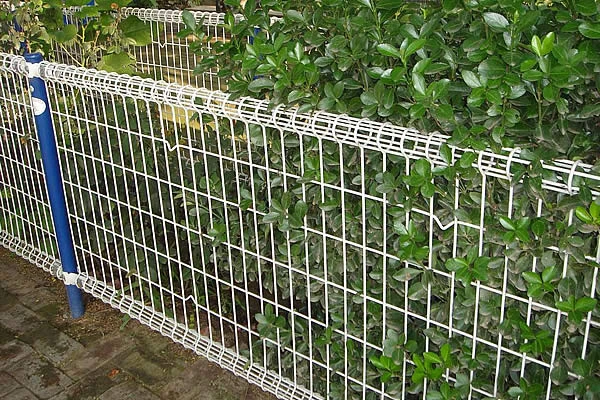 TEL:
+86-13102802206
TEL:
+86-13102802206
 Email:
fencenetting@china.com
Email:
fencenetting@china.com
 Language
Language
 TEL:
+86-13102802206
TEL:
+86-13102802206
 Email:
fencenetting@china.com
Email:
fencenetting@china.com
 Language
Language


Understanding Retaining Wall Mesh Cages A Comprehensive Overview
Retaining walls serve a critical role in civil engineering, especially in managing soil erosion, controlling water runoff, and creating level areas on sloped terrains for construction. One of the key components of a robust retaining wall system is the use of mesh cages, which are crucial for reinforcing the structure. In this article, we explore what retaining wall mesh cages are, their benefits, construction techniques, and maintenance considerations.
What are Retaining Wall Mesh Cages?
Retaining wall mesh cages are structural supports made from welded wire mesh or steel bars that reinforce concrete walls. They are designed to withstand the lateral pressure exerted by the soil behind the retaining wall, ensuring the wall remains stable and functional. The cages are typically fabricated off-site and then transported to the construction location, where they are positioned and wired together before pouring the concrete.
Benefits of Using Mesh Cages
1. Enhanced Structural Integrity The primary advantage of incorporating mesh cages into retaining walls is the added strength and durability they provide. The mesh reinforces the concrete, allowing for better load distribution and reducing the likelihood of cracks and failures over time.
2. Cost-Effectiveness While the initial cost of materials may seem high, using mesh cages can lead to significant long-term savings. They help minimize the risk of structural damage, which can require costly repairs or replacements. Additionally, the faster installation process can reduce labor costs.
3. Versatility Mesh cages can be designed to accommodate various types of soil and environmental conditions. They are suitable for different wall heights, alignments, and applications, from residential gardens to large-scale commercial projects.
4. Eco-Friendly Solutions In the age of sustainability, retaining wall mesh cages provide an opportunity to use environmentally friendly materials. Many manufacturers offer mesh cages made from recycled steel, contributing to a lower carbon footprint in construction.
Construction Techniques
The construction of a retaining wall with mesh cages typically involves several essential steps
1. Site Preparation The area where the retaining wall will be constructed must be properly graded and cleared of any debris. This preparation ensures a stable foundation for the wall.

2. Excavation The depth and width of the trench depend on the wall's design and height. Proper excavation is crucial, as it allows for the necessary foundation and drainage systems.
3. Fabrication and Installation of Mesh Cages Mesh cages can be custom-fabricated based on the engineering specifications required for the project. Once completed, they are placed in the trench, secured in position, and connected to ensure stability during the concrete pour.
4. Pouring Concrete Once the mesh cages are in place, concrete is poured into the forms that hold the cables or rebar. Care must be taken to eliminate air pockets and ensure even coverage around the mesh.
5. Curing Proper curing of the concrete is vital for maintaining the integrity of the retaining wall. This process involves keeping the concrete moist and allowing it to gain strength over time.
Maintenance Considerations
While retaining walls with mesh cages are designed to withstand various environmental stresses, regular maintenance is essential to ensure their longevity. Key maintenance practices include
- Inspection Regularly inspect the retaining wall for signs of cracking, erosion, or movement. Early detection can prevent more significant issues down the line.
- Weed and Debris Removal Clean around the base of the wall to prevent vegetation from pushing against the structure, which could lead to damage.
- Drainage Management Ensure that drainage systems remain clear of blockages. Proper drainage is crucial for preventing excessive water accumulation behind the wall, which can increase pressure and lead to failure.
Conclusion
Incorporating retaining wall mesh cages into construction projects proves to be a wise investment in structural integrity and longevity. By understanding their benefits, construction techniques, and maintenance needs, engineers and contractors can ensure a successful and durable outcome for any retaining wall project. Whether for residential or commercial applications, mesh cages offer the reliability required in modern construction practices, helping to safely manage soil and water systems while preserving the surrounding environment.